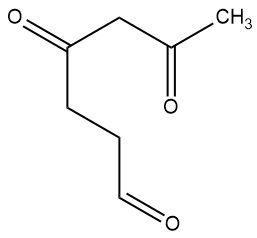In organic chemistry, understanding oxidizing agents is crucial for mastering oxidation reactions. An oxidizing agent is a substance that facilitates the oxidation of another molecule, typically by adding oxygen or removing hydrogen. The key takeaway is that when you are looking to oxidize a molecule, you will use an oxidizing agent to increase the number of bonds to oxygen without disrupting carbon-carbon bonds.
Generally, oxidizing agents are designed to maximize the addition of oxygen while preserving the integrity of carbon-carbon bonds. However, it is important to note that some oxidizing agents, like those used in ozonolysis, can indeed break carbon-carbon bonds, but this is a more specialized topic.
To determine which molecules can be oxidized, consider the structure of each molecule and identify if it has the potential to gain oxygen bonds without breaking any carbon-carbon bonds. This exercise will help reinforce your understanding of how oxidizing agents function in organic reactions.
As you analyze the molecules, remember that the ability to oxidize depends on the presence of functional groups that can accommodate additional oxygen, such as alcohols or alkenes, while ensuring that the carbon skeleton remains intact. This foundational knowledge will aid in solving practical problems related to oxidation in organic chemistry.




























